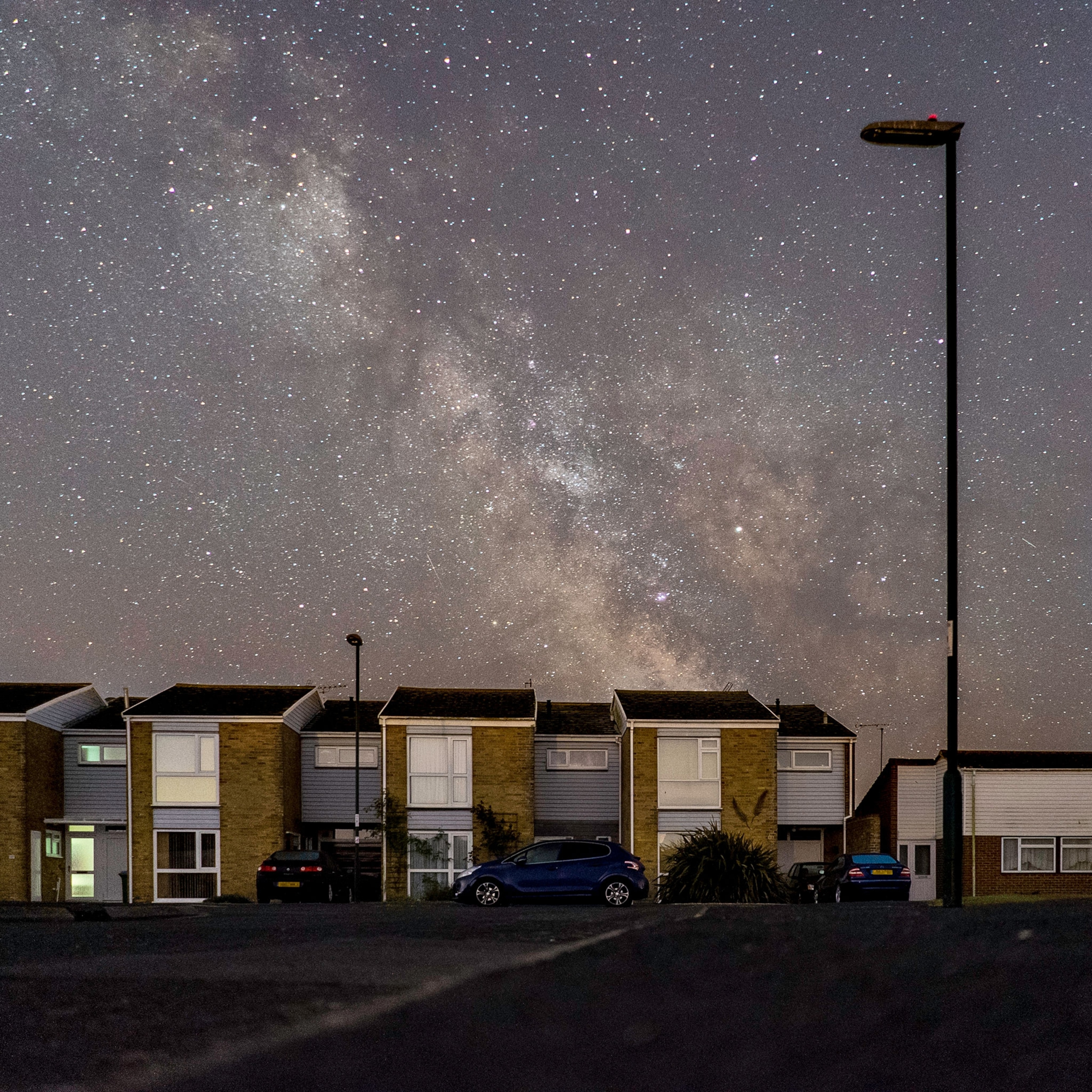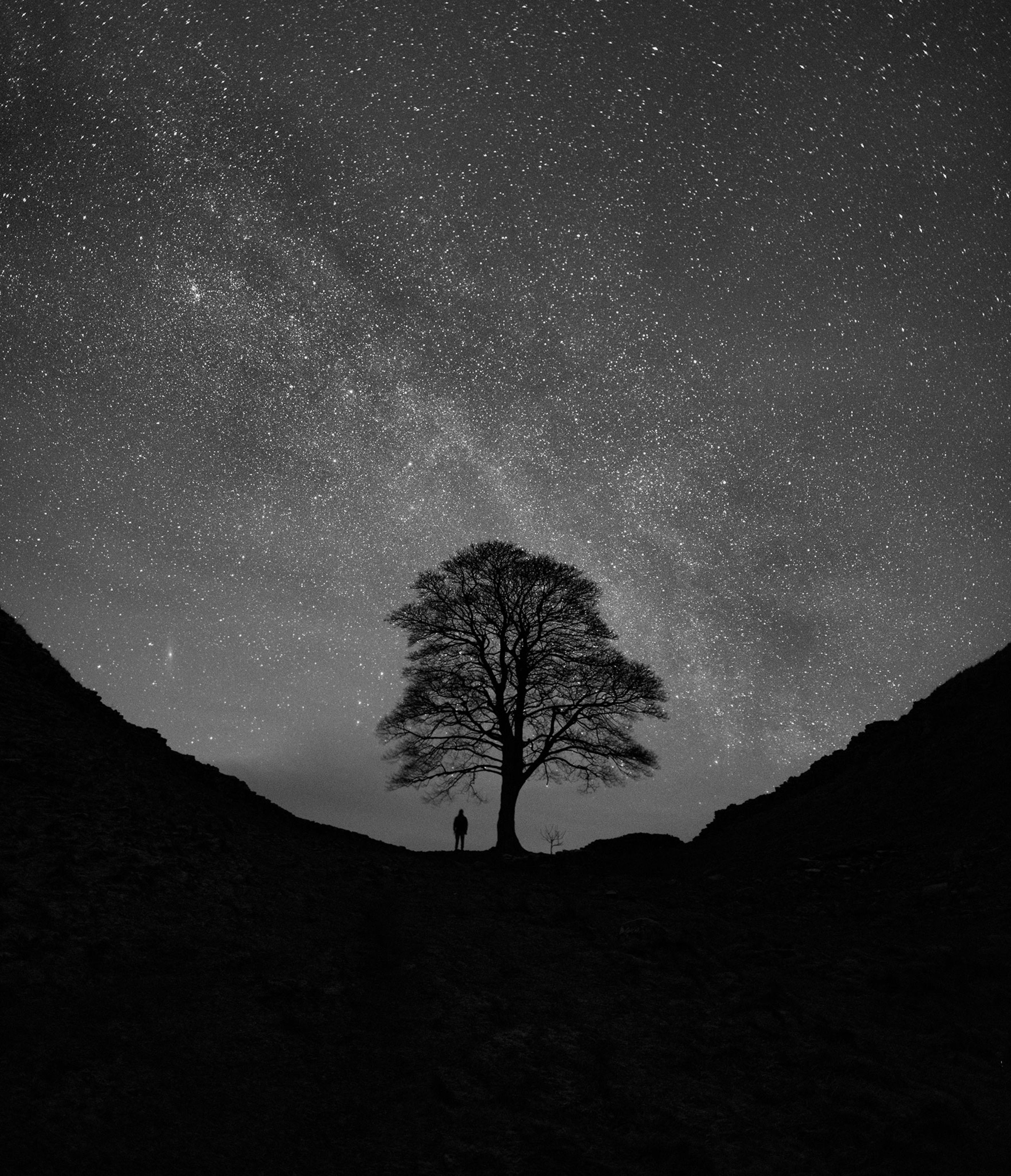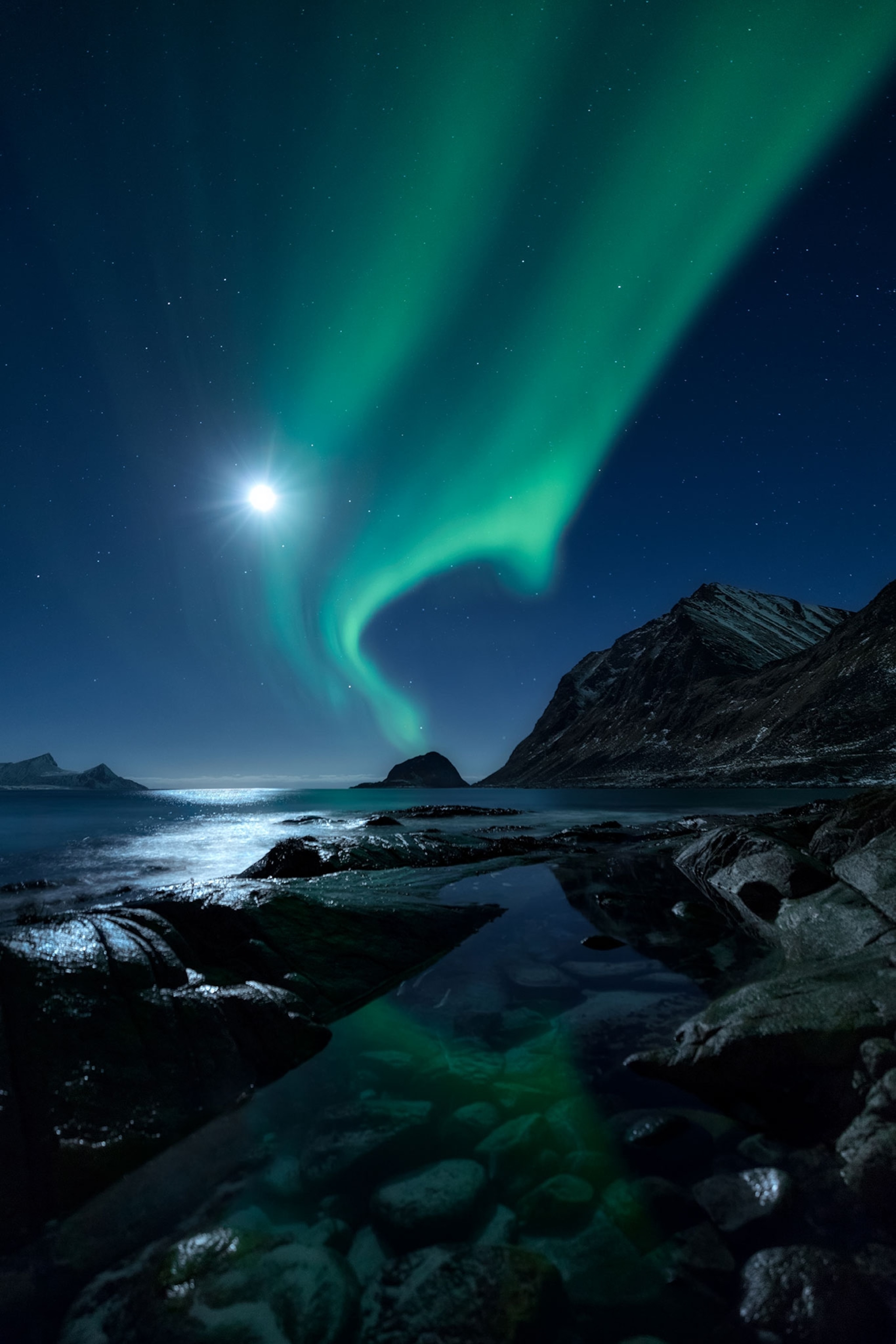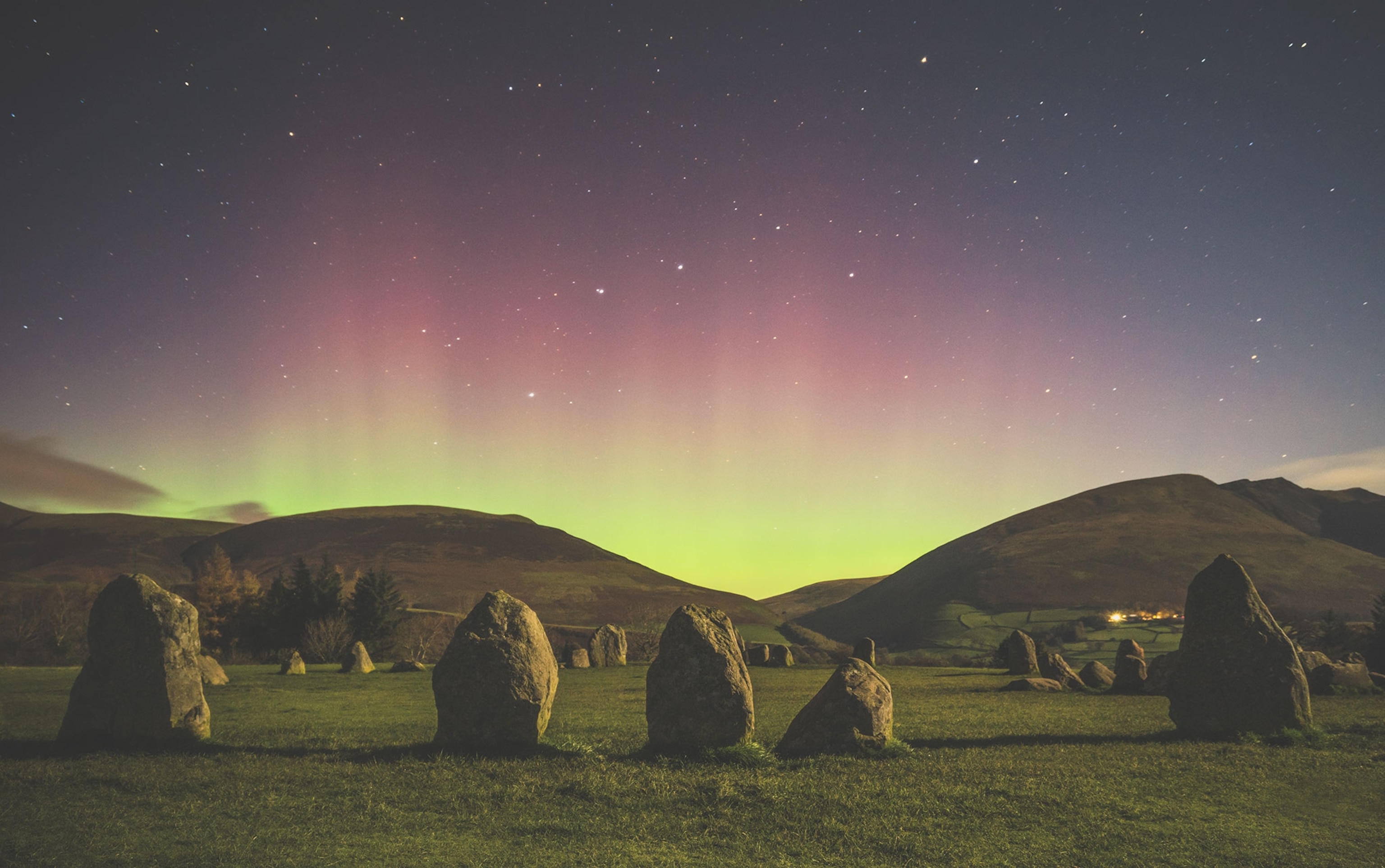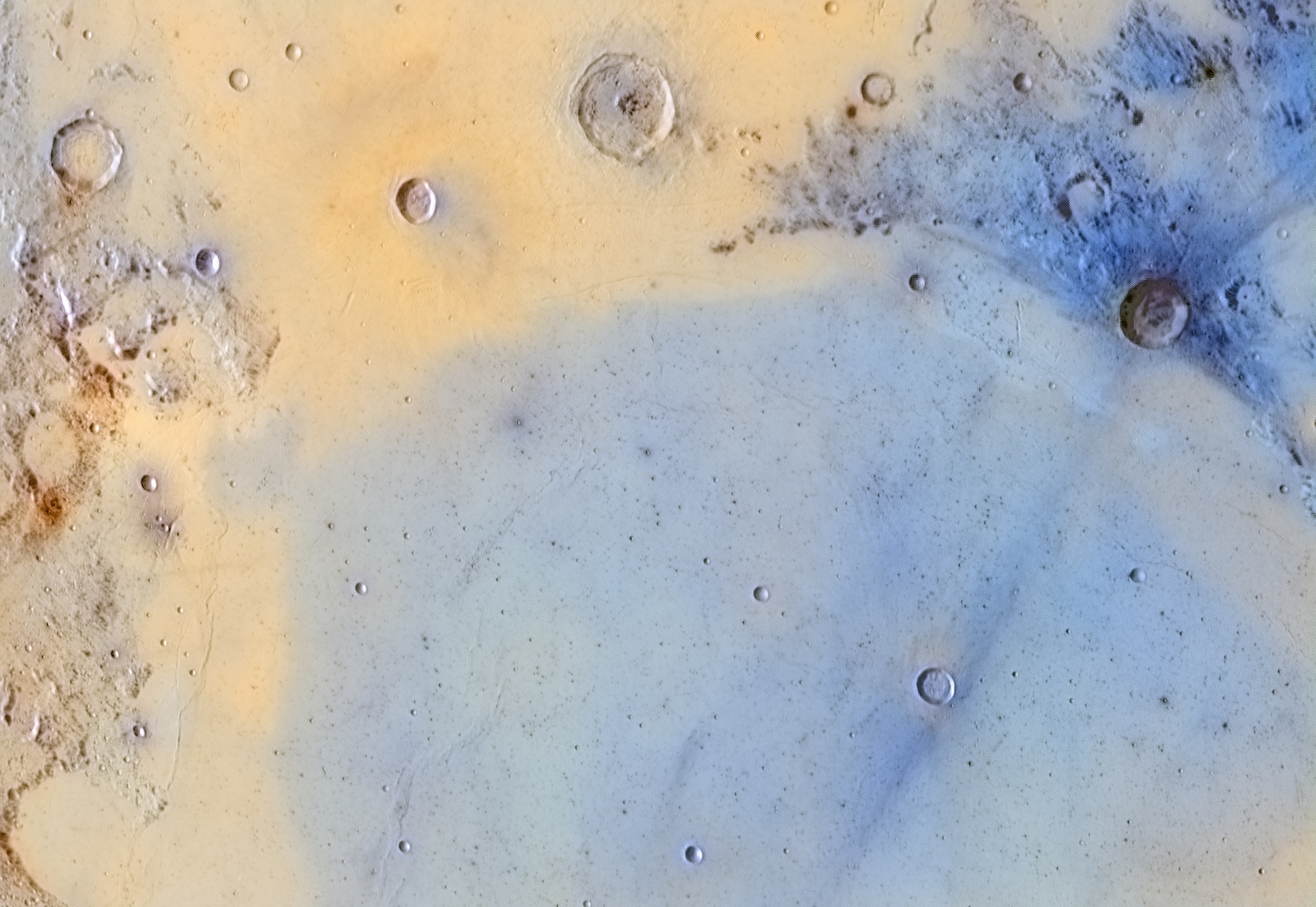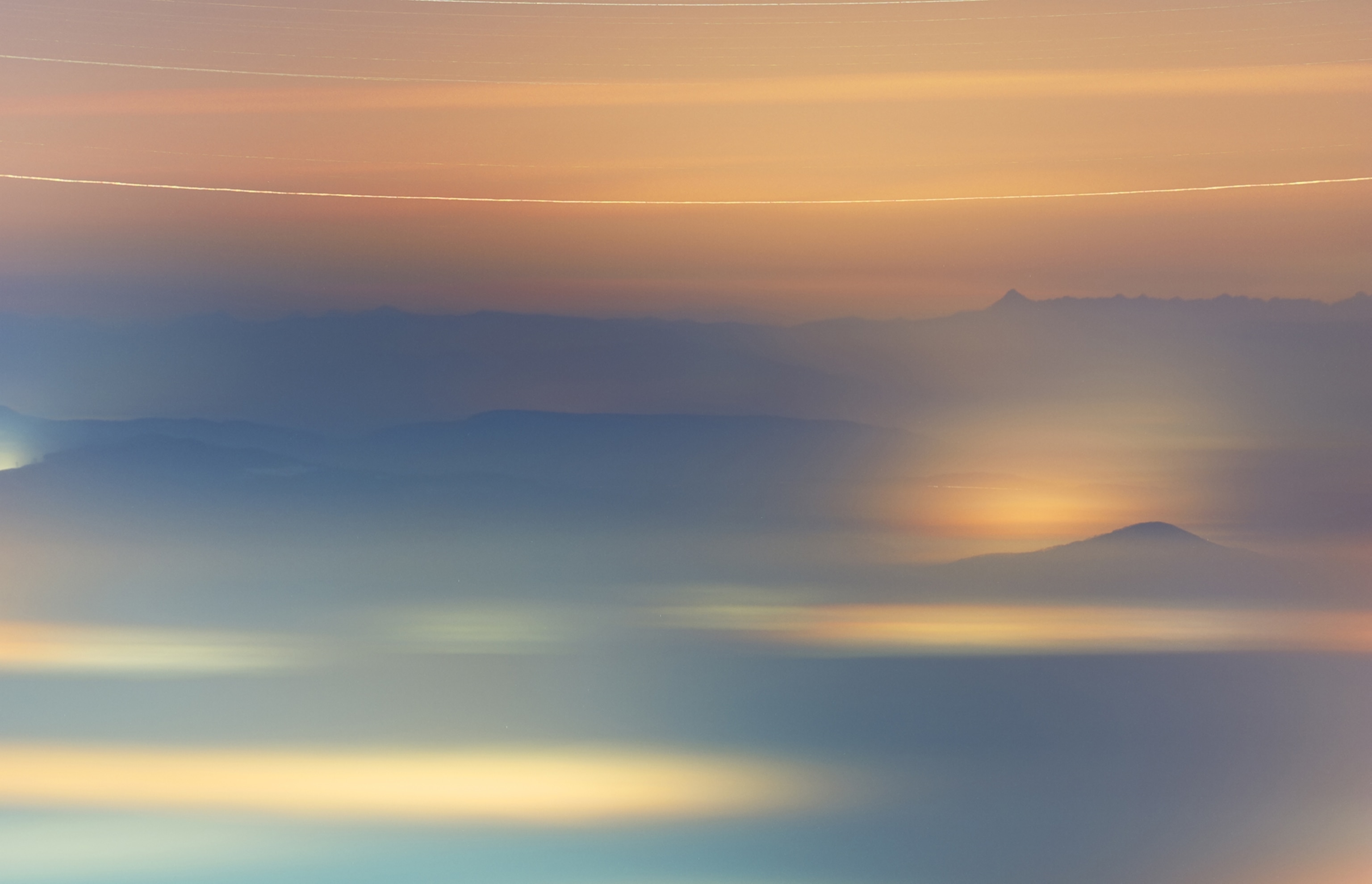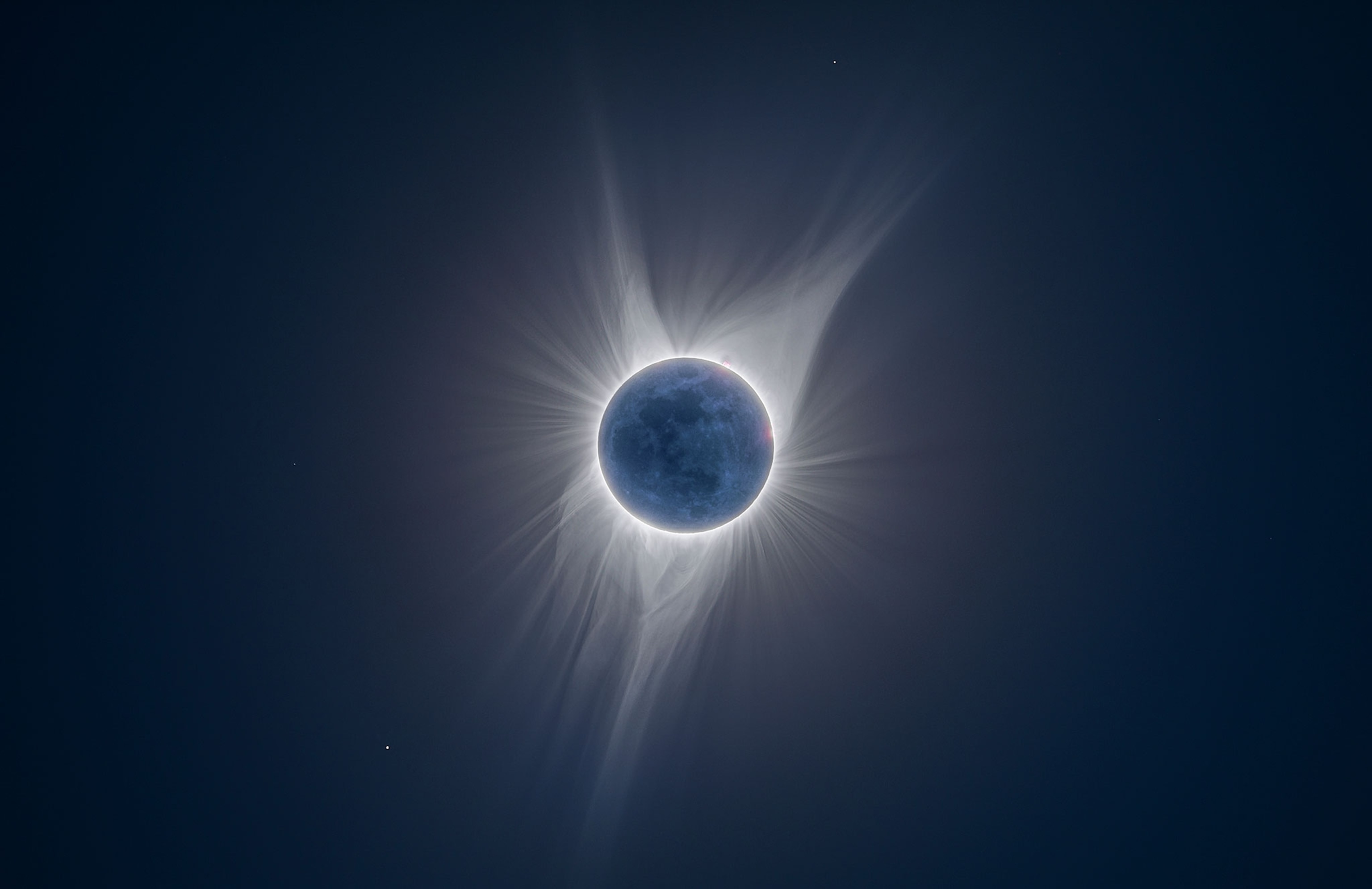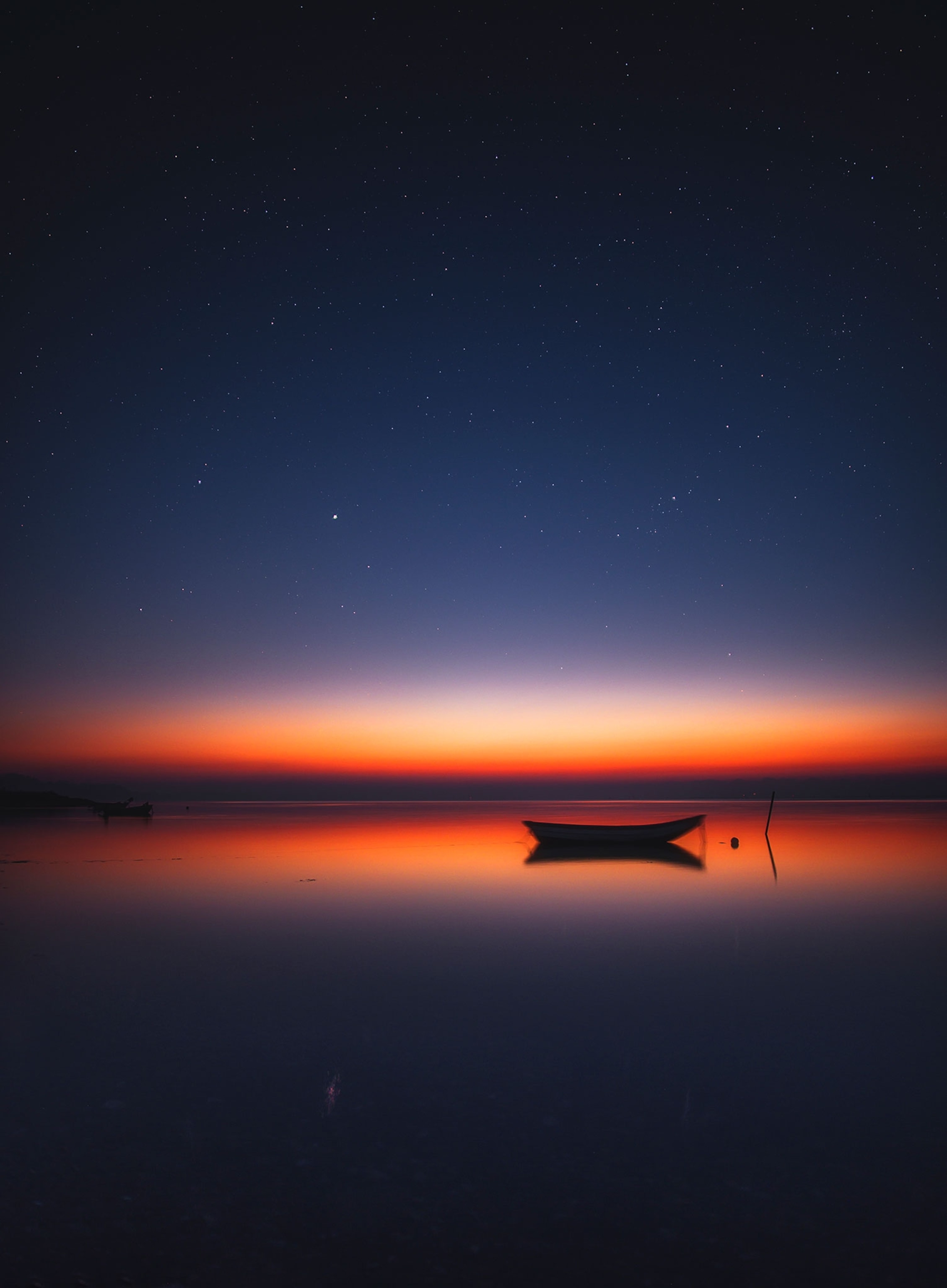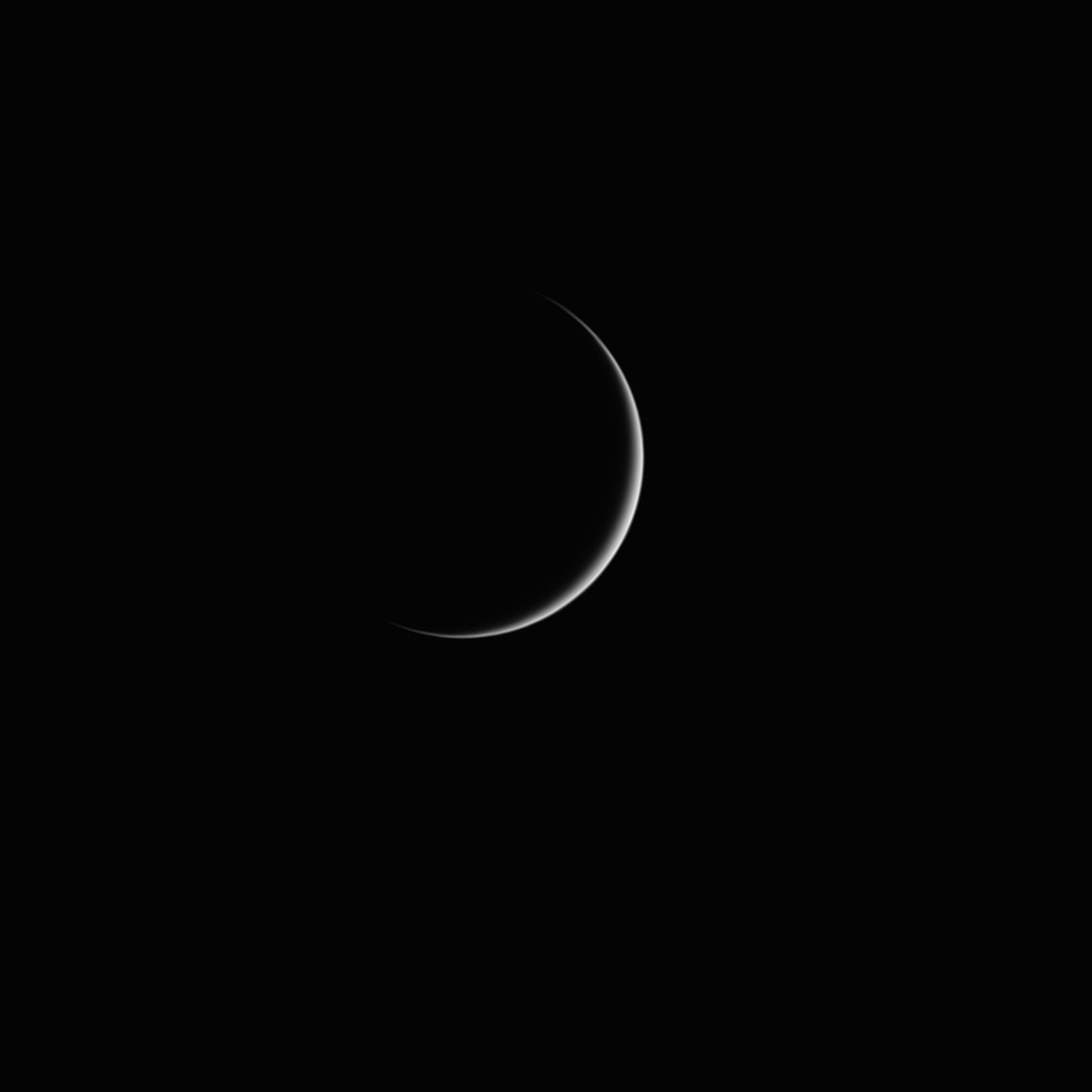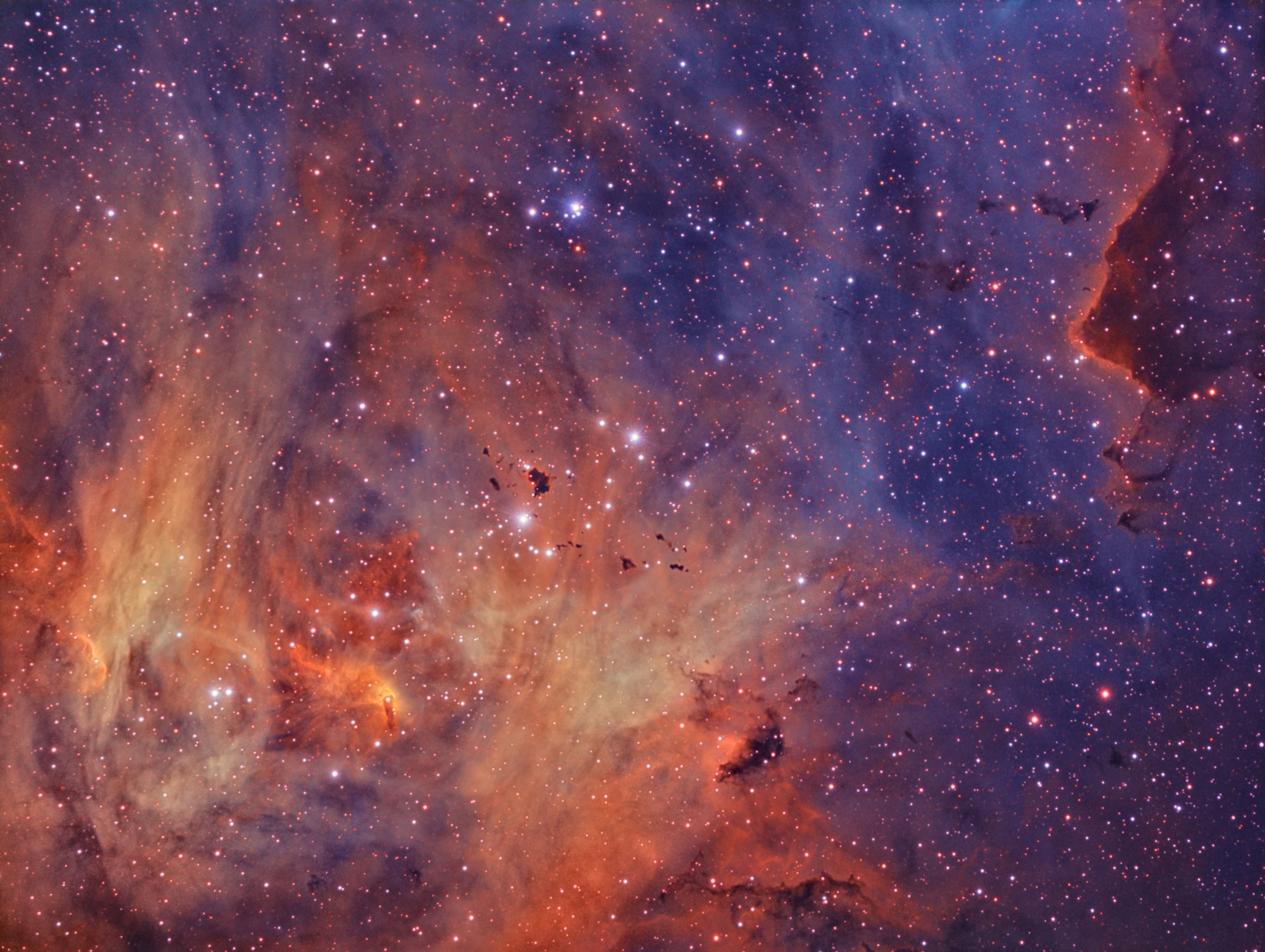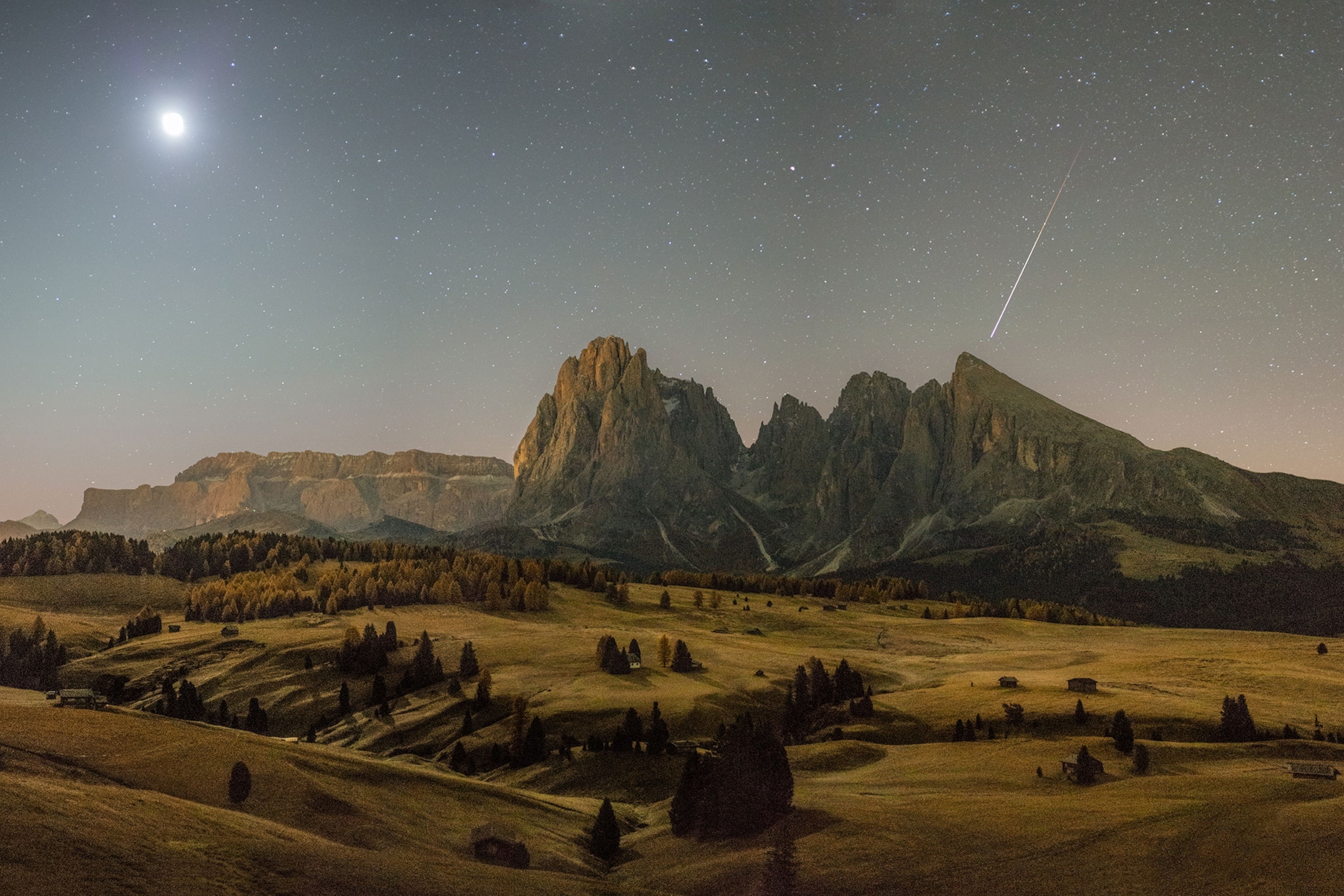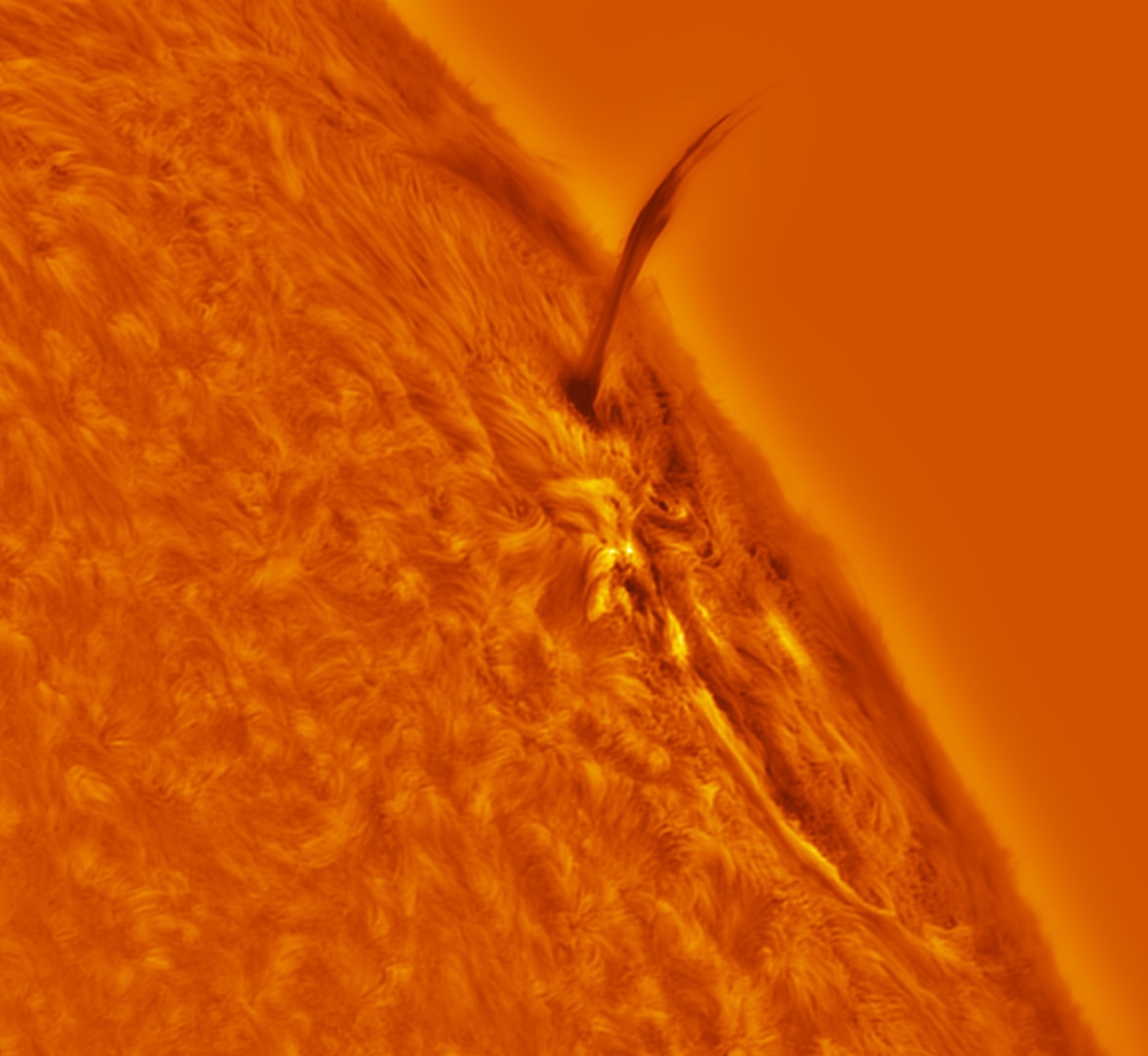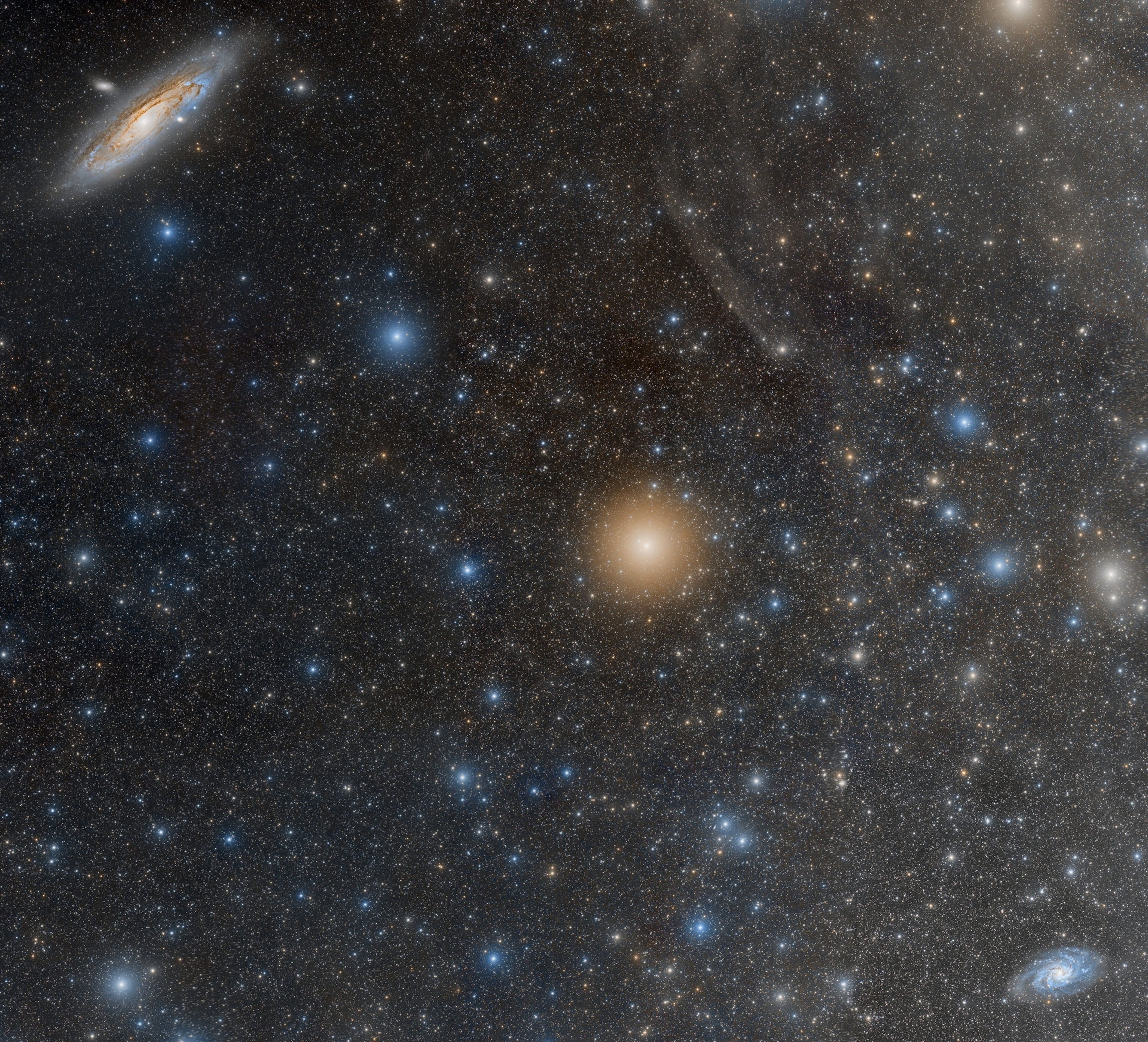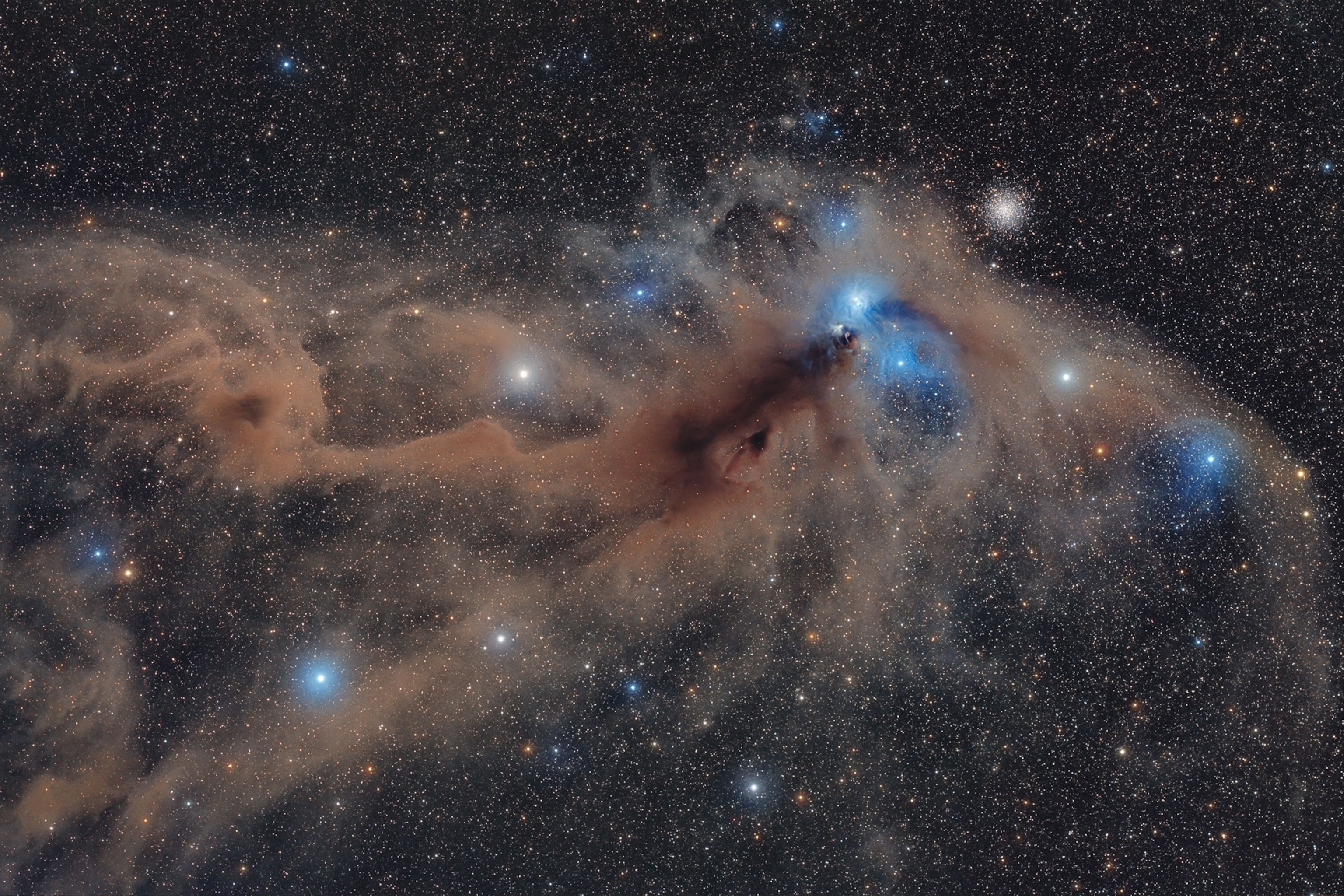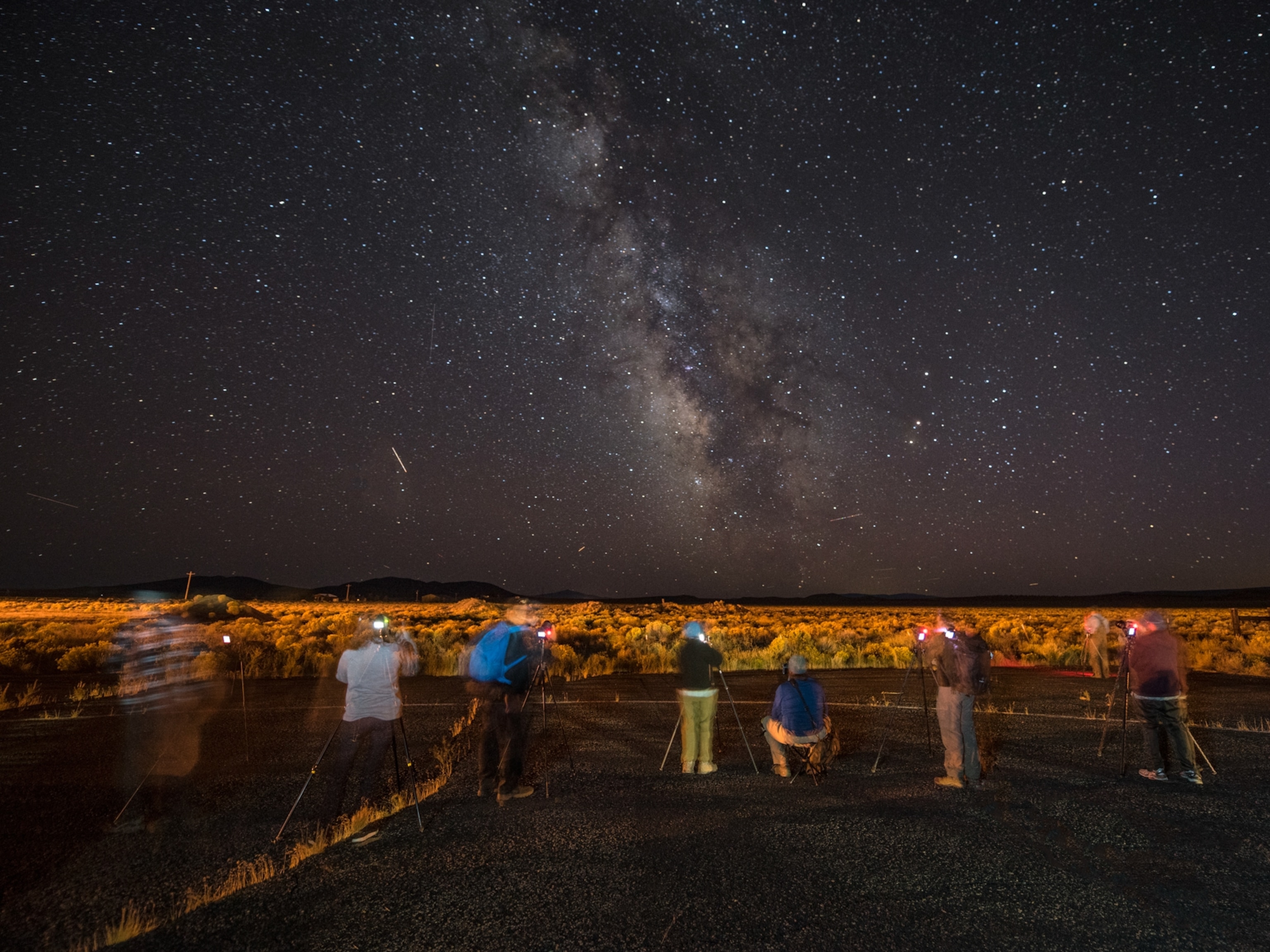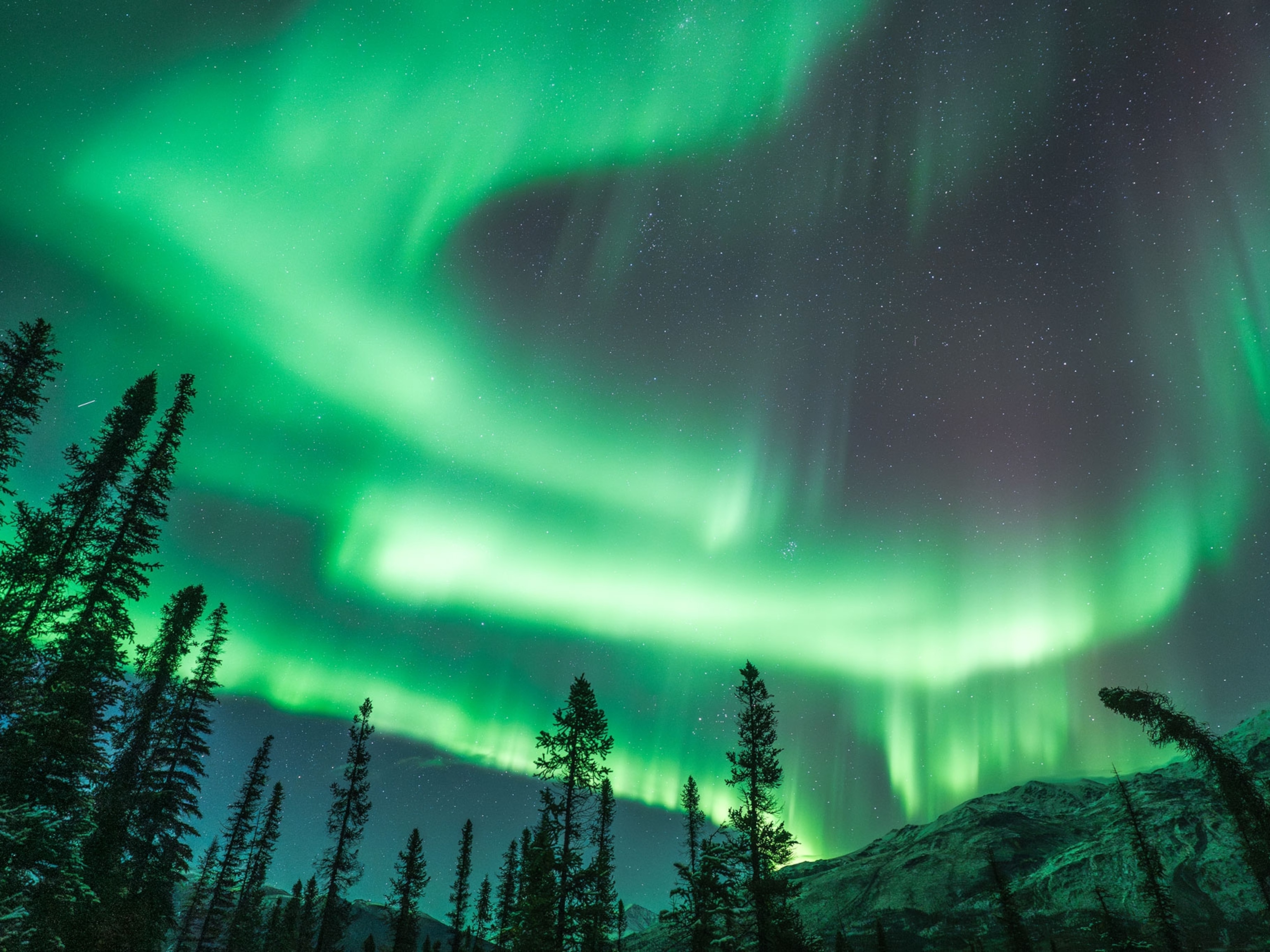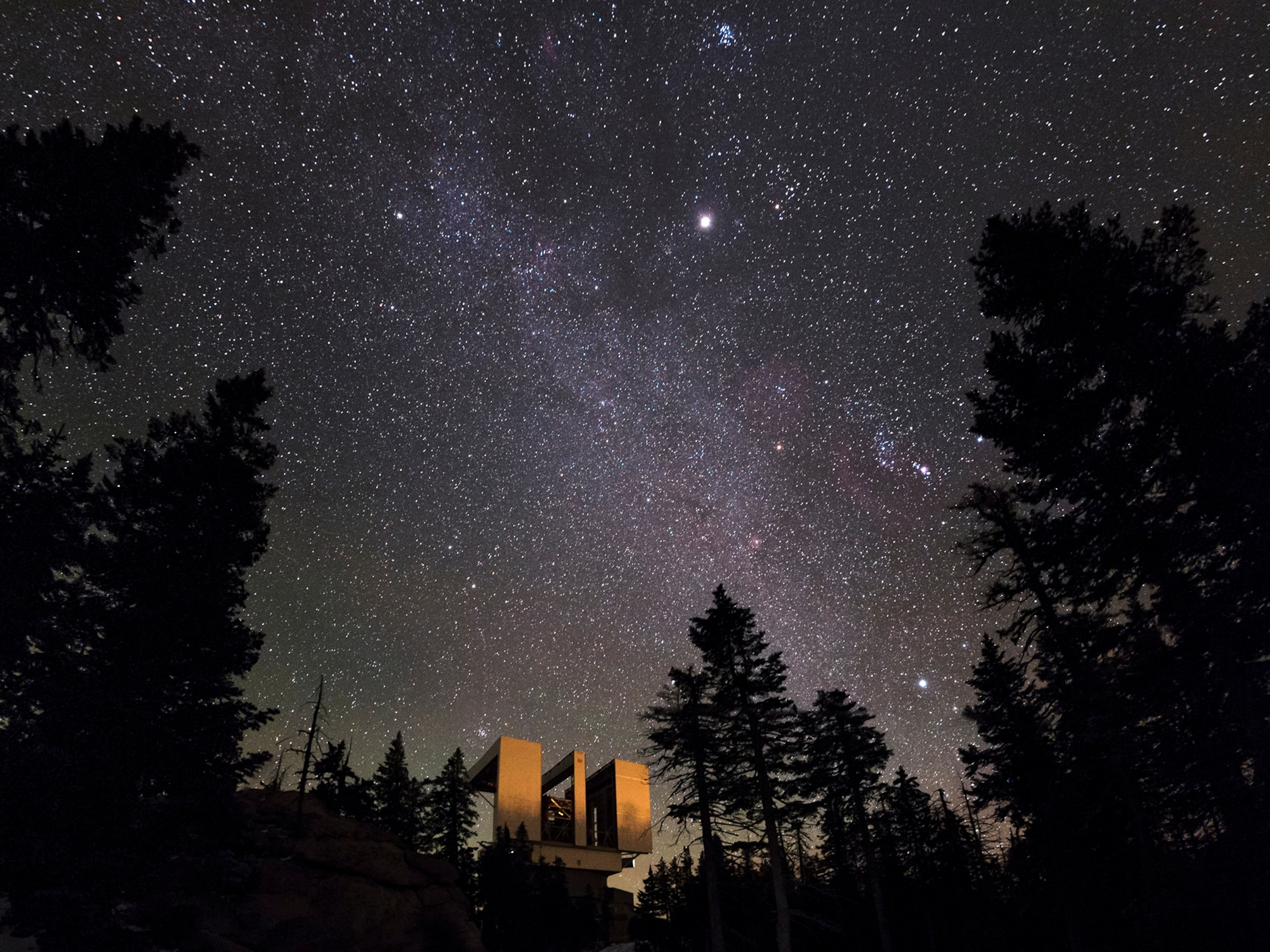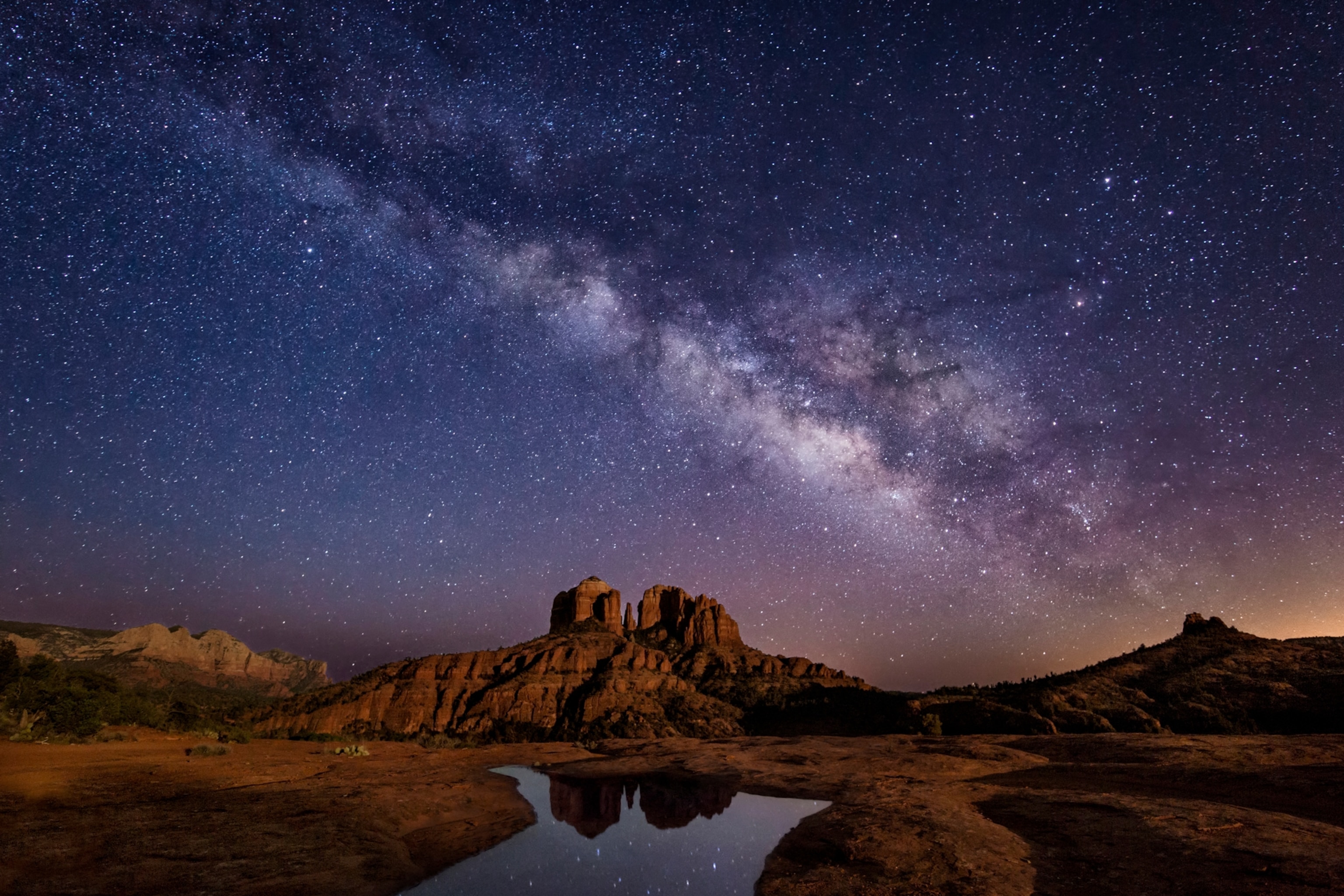
These are the world’s best stargazing spots
See nights as brilliant as nature intended at these 8 dark-sky destinations.
For many city people, a clear night sky is a mythical beast. We’ve heard the legends inspired by the constellations and we know sailors used the stars to guide their way home, but urban light pollution means we can’t quite see the heavens ourselves.
Enter the International Dark-Sky Association. The U.S. nonprofit, founded in 1988, recognizes parks, reserves, and places across the world that offer the best views of the galaxy we call home. Most are open to campers or offer visitor lodging—meaning you can spend the whole night looking up at the sky’s universal beauty.
Seeing constellations so clearly grows more difficult each year, National Geographic reports. Electric lights have revolutionized our lives, but as illumination increases, the toll on wildlife and human health is becoming harder to ignore. This makes dark sky destinations all the more important—both to see and to protect.
Natural Bridges National Monument, United States
The world’s first International Dark-Sky Park, Natural Bridges lies beneath skies almost perfectly free from light pollution—labeled Class 2 on the Bortle Dark-Sky Scale, meaning the Milky Way and certain other celestial objects are visible to the naked eye.

At the Utah monument, visitors can drive and hike through stream-carved canyons—home to coyotes, mountain lions, and desert flora—and take in views of centuries-old Native-American ruins before camping overnight.
Rhön Biosphere Reserve, Germany
This UNESCO-established biosphere reserve is known as the “land of endless horizons.” Its starry skies have IDA’s Silver Tier-status, with crystalline views of the Milky Way and the Andromeda galaxy.
For the darkest nights, head to the center of the reserve, where the nearly 200,000 residents use sustainable outdoor lighting at night. A nonprofit at the Rhön Star Park offers guided stargazing and night walks.
Aoraki Mackenzie International Dark Sky Reserve, New Zealand
Mackenzie Basin, in Aoraki Mackenzie Reserve, has the best skies for stargazing in New Zealand. Home to the country’s largest mountain, the glacier-studded park is great for camping and mountaineering. Take a nightly stargazing tour at Mount John University Observatory or at Sir Edmund Hillary Alpine Centre and Planetarium to view the Milky Way, the Southern Cross, Alpha Centauri, and Sirius. The reserve protects its dark-sky heritage in respect to the indigenous Maori people, for whom the stars play a role in navigation and folklore.

Cherry Springs State Park, United States
Named after its black cherry trees, this Pennsylvania park is best known for its two annual star parties, which draw local families—and astronomers from around the world. Plan ahead to attend during the Perseids meteor shower every August.
Cherry Springs offers a network of forest trails for hiking and snowmobiling, facilities for camping and picnics, and regular stargazing programs. Between 60 to 85 nights of the year are said to have ideal conditions for observing celestial objects.

Pic du Midi, France
It was from Pic du Midi that NASA’s scientists studied the moonscape in preparation for the Apollo landing. The mountain reserve is home to a UNESCO World Heritage site—the Pyrénées-Mont Perdu landscape—and a national park. Take the cable car to the dramatic mountaintop observatory, perched above the clouds. Visitors can also spend the night in a package deal that includes overnight stay and meals, a tour of the telescopes and stargazing with astronomers, and skiing.
Sedona, United States
A prime tourist draw and popular Hollywood filming location, the red-rock landscape of the desert town of Sedona, Arizona, earns IDA’s Dark Sky Community label for its minimal light pollution. Night views through a telescope include the Whirlpool Galaxy, or Messier 51a, located about 35 million light years away.
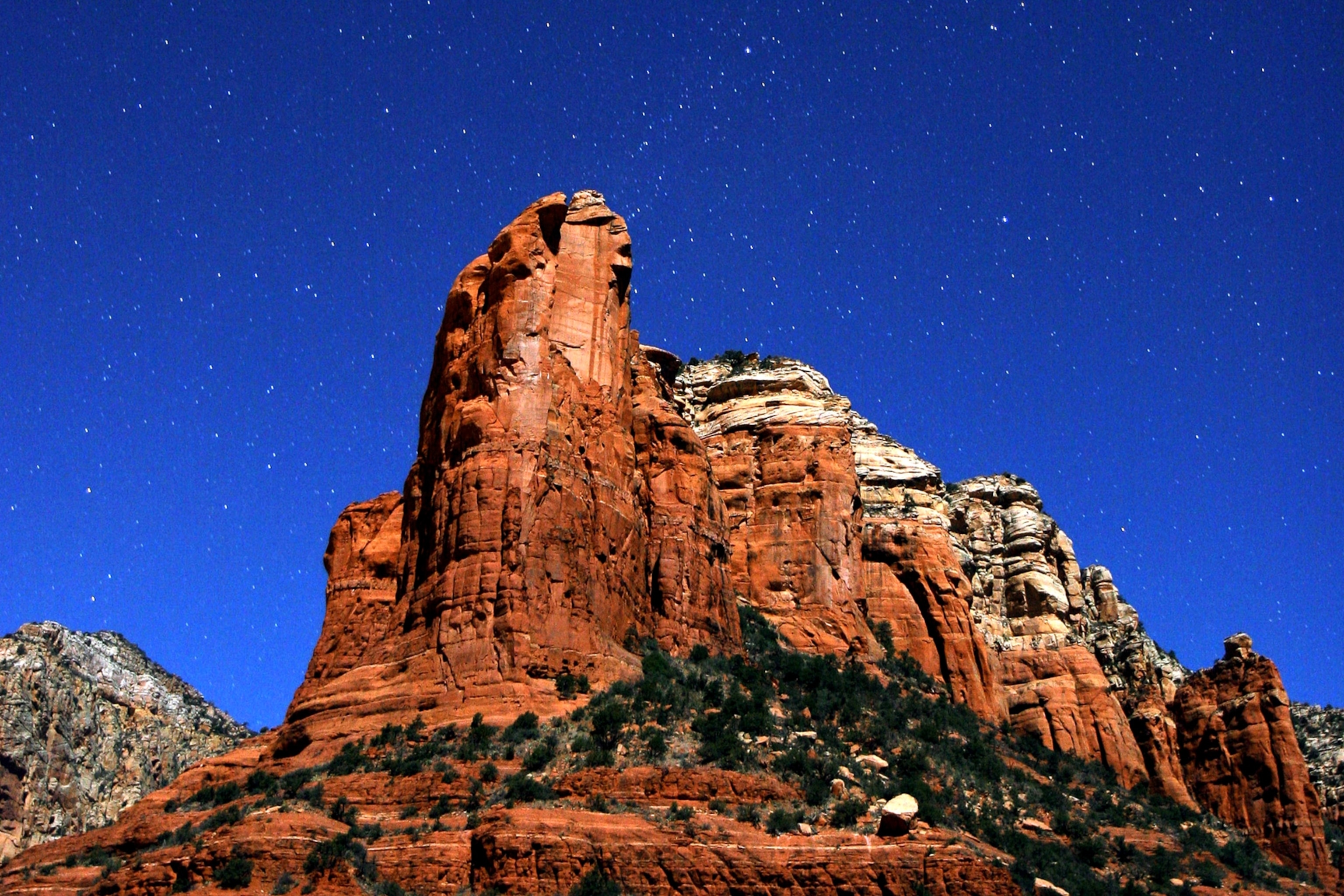
Mont-Mégantic, Canada
The Parc National du Mont Mégantic—the world’s first dark-sky reserve—offers public access to the ASTROlab observatory and astronomy nights for especially starry-eyed visitors. Visitors can also camp in the park, climb Mont St. Joseph and Mont Mégantic, follow hiking trails through the coniferous and mixed forests, and go skiing and snowshoeing.
Zselic National Landscape Protection Area, Hungary
The Zselic Starry Sky Park has near-unaltered dark skies, offering naked-eye views of the elusive Triangulum Galaxy on clear nights. The park has an astronomy program for visitors that includes full-dome movies at the planetarium, a meteorite collection, telescopic observation at day and night, and nightly guided tours.

- National Geographic Expeditions

